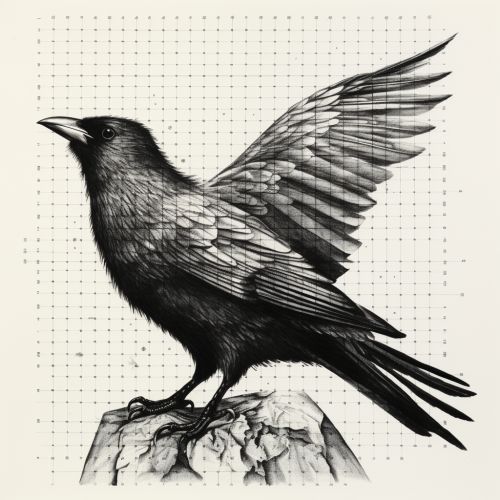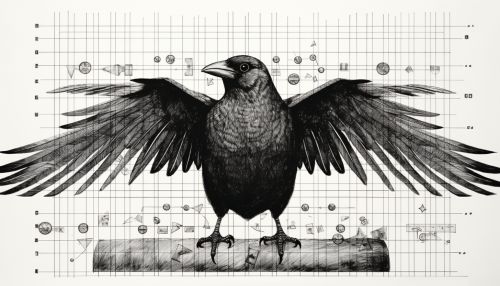Raven's Progressive Matrices
Introduction
Raven's Progressive Matrices (RPM) is a nonverbal group test typically used in educational settings. It is usually a 60-item test used in measuring abstract reasoning and regarded as a non-verbal estimate of fluid intelligence. It is the most common and popular of all the non-verbal intelligence tests used globally.
History
The test was originally developed by the British psychologist Dr. John Raven in 1936. In response to the need for a quick and easy-to-use measure of cognitive ability that could be applied across a wide age range, Raven designed his progressive matrices. The test was initially used for research purposes but quickly gained popularity in educational and clinical settings due to its effectiveness and ease of use.
Test Format
Raven's Progressive Matrices is a multiple-choice test that consists of 60 visual analogies, divided into five sets (A, B, C, D, and E) of 12 items each. Each item is a pattern or sequence with a missing piece. The test-taker's task is to identify the missing piece out of several options that would complete the pattern or sequence.
Types of Raven's Progressive Matrices
There are three forms of the Raven's Progressive Matrices:
1. Standard Progressive Matrices (SPM): These were the original form of the matrices, first published in 1938. The test contains five sets (A to E) of 12 items each (i.e., 60 items in total). The items are presented in black ink on a white background.
2. Coloured Progressive Matrices (CPM): Designed for children aged 5 through 11 years-of-age, the elderly, and people with moderate or severe learning difficulties. This test contains sets A and B from the standard matrices, with a further set of 12 items inserted between the two, as set Ab.
3. Advanced Progressive Matrices (APM): This test contains 36 items, presented as one set of 12 (set I), and another of 24 (set II). It is designed for adults and adolescents of above-average intelligence.
Scoring
Each correct answer in the test is scored as one point, making the maximum possible score 60 for the SPM and APM, and 36 for the CPM. The raw scores can be converted into percentile ranks, providing an estimate of the individual's intellectual potential.
Uses
Raven's Progressive Matrices are widely used in various areas, including clinical settings, educational settings, and employment settings. They are used to assess individuals' ability to think clearly, make sense of complexity, and solve problems. They are also used in research on intelligence and ability.
Criticisms
Despite its widespread use, the Raven's Progressive Matrices has been criticized on several fronts. Some critics argue that it is culturally biased, as it requires a certain level of education and familiarity with the test format. Others claim that it is not a pure measure of g (general intelligence), as it also involves factors such as perceptual ability and motor speed.
See Also


